There is a wide range of symbols used in chess. The basic ones are provided in the Chess Notations tutorial. The following tables are provided to assist you in becoming familiar with identifying chess symbols you might encounter. The symbols presented below are: Chess Informant Symbols (CIS), United States Chess Federation (USCF) Symbols, New In Chess (NIC) Symbols, and Miscellaneous Symbols. After the various tables of symbols, there appears a table with the graphic symbols used for pieces and pawns and corresponding names in various languages.
Analysis is always subjective.
-Jon Sveisson, http://www.MyChessSite.net/ Membership Pages
-(“King’s Indian Defence – Playing on the flanks”)
What one person might say is a brilliant move or pawn advance, another might classify as good, or even questionable. He or she might not comment upon it at all! One must remember that a player easily could make a mistake or worse…a blunder (extremely overwhelming error in making a move or pawn advance which usually results in a resounding defeat), but the other player misses it. The move or pawn advance that the other player makes might then be deemed a mistake or blunder. An excellent move when analyzed just might turn out to be devastating when attempted in an actual game if followed by a mistake or blunder.
Therein lies perhaps the deepest mystery in chess – one that even computers have yet to overcome – the value of subjective thinking coupled with the unknown timing of mistakes and blunders.
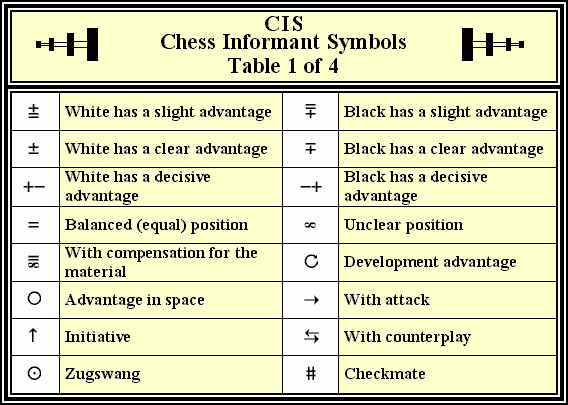 |
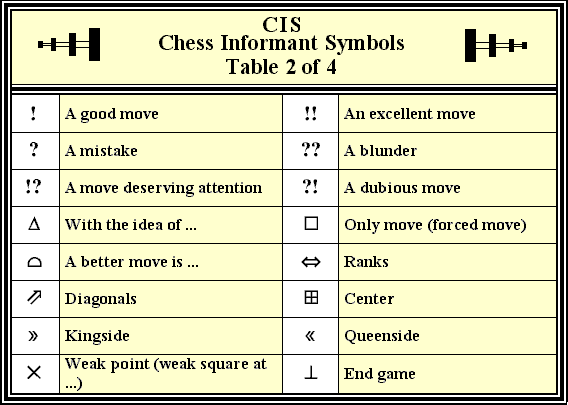 |
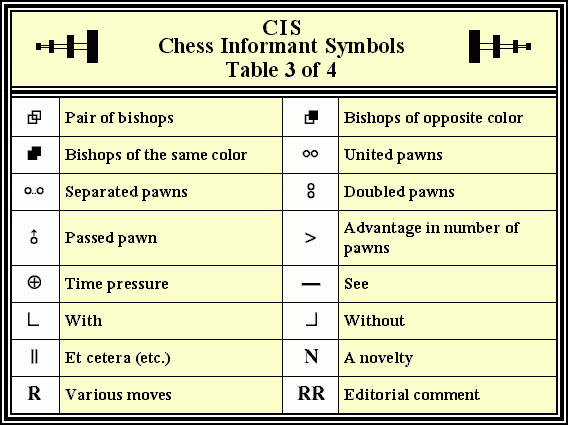 |
 |
 |
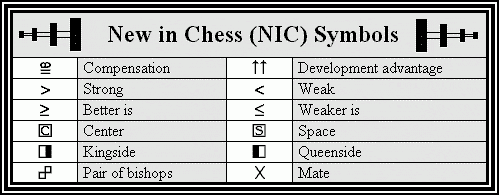 |
 |
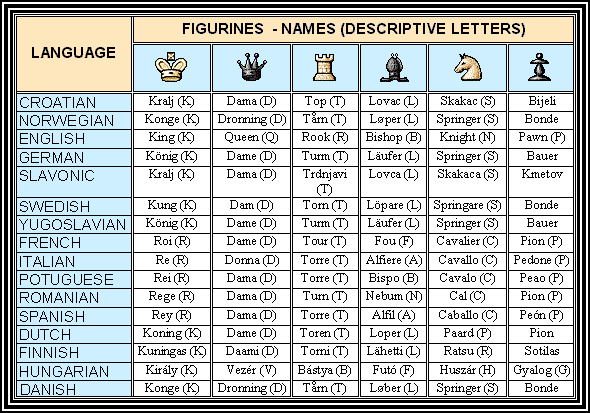 |
Notes:
The following two links provide additional resources/information regarding chess pieces in different languages, and the first link provides additional historical and usage development information:
CHESS PIECES in Different Languages by Ari Luiro
Alternate Piece Letter Identifiers
The names and descriptive letters provided for Norwegian and Danish are the official names provided by the Norwegian Chess Federation (Norges Sjakkforbund, www.sjakk.no), and by the Danish Chess Federation (Dansk Skak Union, www.dsu.dk). Dronning is sometimes also called, unofficially, dame (lady), as for the Knight it’s often called Hest (horse). The use of Komge (K) for the King, Sten (S) for the Rook, and Boude (B) for the pawn, in Danish, are outdated, but sometimes unofficially used. Also, at http://www.chessvariants.com/d.chess/chess-norwegian.html the names for the Rook, Bishop, and pawn in Norwegian are stated incorrectly as Raket, Biskop, and pawn. The page is a translation by a web-based engine similar to Altavista’s babelfish, and such translations are often inaccurate and unreliable.
The Spanish word for elephant is elefante, and for Bishop is Obispo. However, the word Alfil is used for the Bishop in chess in Spanish. “Spanish has many words borrowed from Arabic, like alcazar (a type of castle), almohada (a pillow), albahaca (basil), algebra, alquimia (alchemy-chemistry), alcohol etc. The Bishop amongst the Persians was called Pil (elephant), but the Arabs not having the letter ‘p’ in their alphabet, wrote it Fil, or, with their definite article, Al-Fil (the-elephant).” Thus, the origin of Alfil for the Bishop in chess in Spanish is a borrowing from the earlier history of chess in another language, just one of the many examples of the cross-language and cross-cultural nature of the development of chess. (2/4/05: Thanks to rabadjinn, one of my team members in the Team Chess 45-45 League (TeamChess.org), who provided this insightful observation).
